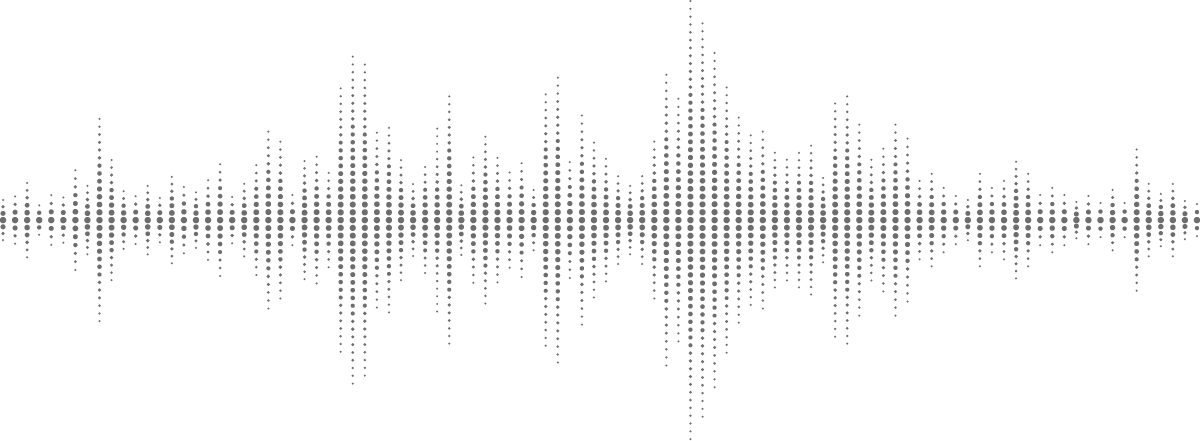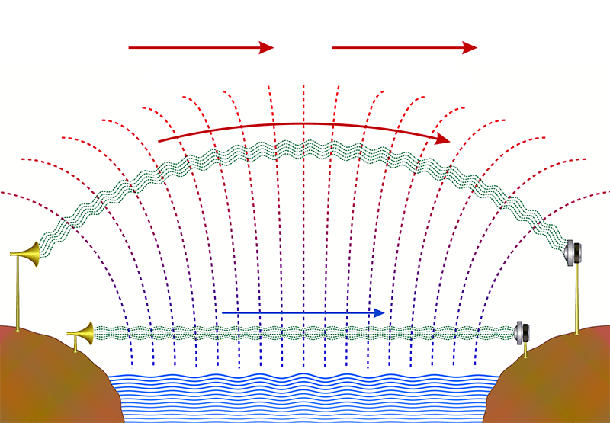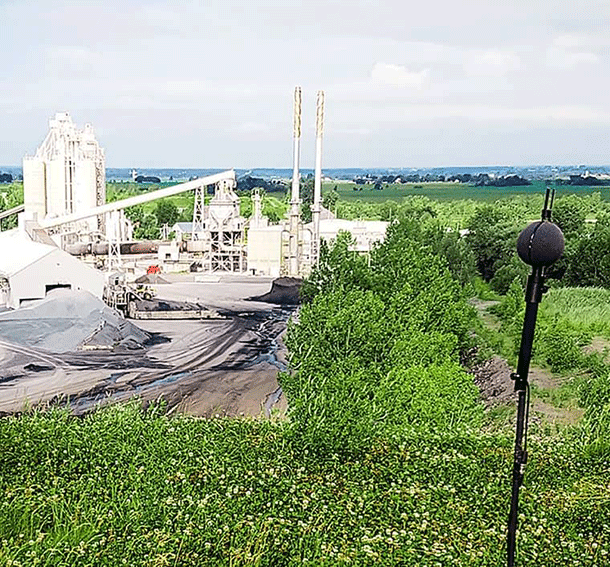What Are Vibrations?
Vibrations are defined as continuous cyclic motions and they can be experienced by any system, living or not, from a person walking in a park to a steel structure oscillating because of vibrating machinery. Based on the excitation applied to the system, it could experience either periodic vibrations, such as the oscillatory motion of a vibrating feeder used in a mine, or random vibrations, such as the cyclic motion of a vehicle traveling on a rough, bumpy road. Vibrations happen literally everywhere. Drilling, blasting, construction or demolition work, jackhammers, piledrivers, heavy loaders, turbines, blowers, generators, transformers, and transportation: they’re all great examples of activities and equipment that generate significant vibration levels for anyone or anything standing in their viscinity.
The Case of the 1940 Tacoma Narrows Bridge
One of the the most studied cases of vibration occurred at the Tacoma Narrows suspension bridge. Spanning across the Tacoma Narrows strait of Puget Sound between Tacoma and the Kitsap Peninsula in the state of Washington, the first Tacoma Narrows bridge was the world’s third-longest suspension bridge by main span, behind the Golden Gate Bridge and the George Washington Bridge. It was constructed employing a new design approach and because of this, engineers were unable to predict high torsional oscillations generated by typical wind speed. What shortly followed is now considered one of the biggest and most famous non-fatal engineering disaster in U.S. history, as the bridge’s main span finally collapsed in 40 mph (64 km/h) winds on the morning of November 7, 1940.
Aeroelastic Flutter Is What Took the Bridge Down
The vibrations that ultimately took the first Tacoma Narrows bridge down were a form of self-excited vibrations called aeroelastic flutter. Aeroelastic flutter can be defined as “an unstable, self-feeding and potentially destructive vibration where aerodynamic forces acting on a structure couple with the natural frequencies of this same structure to produce rapid periodic motion“. A completely unknown phenomenon at the time of the 1940 Tacoma Narrows Bridge incident, aeroelastic flutter is now ubiquitous in a wide range of engineering fields. In applications relying heavily on the structural integrity of flexible bodies, flow-induced motion is a great cause for concern due to its key role in driving the dynamics of the structure. For this reason, aeroelastic flutter is widely researched across the aerospace industry, with particular focus on understanding its effect on lift-generating surfaces, like aircraft wings, and its consequences in aeronautical applications.
How Do Vibrations Affect Humans and Structures?
Each human and structure exhibit individual vibration properties that depend on their mass and stiffness, and are typically characterized using the frequency of vibration. The latter, measured in Hertz (Hz), is simply the number of cycles per second. In the field of vibration engineering, these frequencies are called natural frequencies because they are inherent to the system, in some way, similar to their mass or shape. The figure below shows the natural frequencies of a human body:
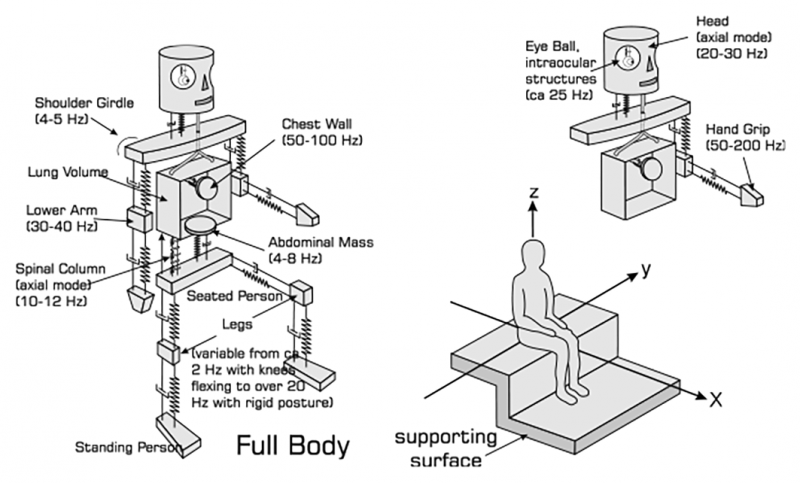
Ever Heard of Resonance?
When a structure or human being is subject to a cyclic force whose frequency is equal or nearly equal to their own natural frequency, they start presenting a very important phenomenon in engineering called resonance. This phenomenon makes the structure or person vibrate with larger amplitude than when the same cyclic force is applied at other frequencies. Resonance may cause violent swaying motions and even catastrophic failure in poorly designed structures including bridges, buildings, trains, and airplanes. Needless to say, it can be harmful to humans too.
In structures, a high level of vibration can cause cracks, loose bolts, heavy noise or even failure. In humans, vibrations can cause several health-related issues such as fatigue, headaches, stomach problems, among others. Many regulations aim at controlling the exposure of humans to vibrations. For instance, car manufacturers are required to reduce vibration levels to ensure the comfort of passengers and prevent health hazards.
Best Practice:
Fixing resonance problems in structures that support machinery or people can turn out to be very expensive. For this reason, it’s always a good engineering practice to predict the vibration properties of a system prior to daily usage.
Typical Vibration Problems
On a regular basis, our vibration consultants are called in to tackle diverse vibration-related problems in the residential, industrial and environmental sectors. Solving these problems requires in-depth knowledge of vibrations and, more importantly, an appropriate characterization of the system’s vibrational behavior. For each sector and problem type, there exists a variety of solutions and vibration engineers should be consulted to implement the most suitable one. Here are the most common situations or places where high vibration levels typically create issues:
Architectural
- Mechanical rooms
- HVAC equipment: ventilation ductwork, compressors and pumps
- Elevators, escalators and skyways
- Domestic appliances: washing machines and dryers
- Human activity: walking, running, dancing and exercising
- Wind buffeting
Environmental
- Transportation systems: railways, subways, tramways and highways
- Mining processes: blasting, drilling, crushing and sifting
- Earth-moving equipment: excavators, loaders and bulldozers
- Construction activities: demolition, piledriving and jackhammering
Industrial
- Vibrating machinery: vibrating screens, centrifugal pumps, crushers, mixers and turbines
- Material handling equipment: conveyor belts, screw conveyors and bucket elevators
- Transportation equipment: forklifts, stackers and reclaimers
- Vehicle cabin resonance
Contact our vibration control experts
How to Avoid Resonance or High Vibration Levels?
As we have seen above, high vibration levels and resonance in structures or humans must be avoided since they may cause several permanent damages and even lead to a system’s catastrophic failure. Therefore, it’s important that engineers first predict whether a system will present resonance and apply corrective action beforehand.
Prediction of resonance is a widely investigated topic. Meanwhile, there are few simple cases where estimating the vibrational characteristics of a system can be achieved by merely using basic equations. Real-life scenarios tend to be very complex, with many variables playing diverse roles in the dynamics of a system. In such cases, the vibration engineer relies on advanced computational techniques to analyse the system at hand.
The Finite Element Method
Various simulation techniques are employed to modelize and analyze a system. Over the last decades, many numerical processes have been developed to better understand physical phenomena that affect solids and anticipate problems in mechanical or structural designs. Today’s most well-known technique is the Finite Element Method (FEM). Stemming from this method, Finite Element Analysis (FEA) is a fairly recent discipline that crosses the boundaries of mathematics, physics, and engineering. Simply put, FEA is the application of the Finite Element Method to real-life problems. It primarily relies on computers to predict the operating stresses and temperature that a component will experience in service.
FEA is a very popular tool among vibration engineers because it allows the application of physical laws to real-life scenarios with accuracy, versatility, and practicality. When used properly, FEA allows to accurately predict the vibrational behavior of any given system and correct select variables if the design leads to high vibration levels. Indeed, optimizing components in their design phase is key to developping better, safer products, in less time.
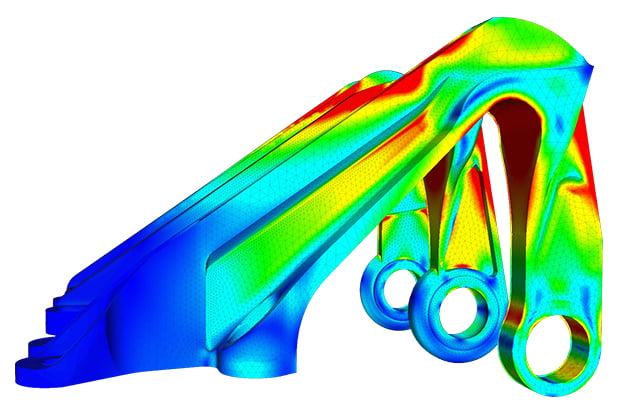
We Help Companies in All Sectors Solve Their Vibration Problems
With unrivalled expertise in the field of vibro-acoustics, backed by more than 20 years’ practical experience, Soft dB is proud to offer consultancy services and innovative technological solutions across North America and Europe. We employ more than 100 staff, including thirty engineers with globally recognized expertise in architectural, environmental and industrial vibration control. Our dedicated workforce pool their accumulated knowledge and collective know-how to tackle the most challenging vibration problems, using a strong theoretical basis together with the most advanced computational techniques.
We leverage Finite Element Methods to first define your system’s vibrational behavior and then highlight the adjustments or corrective measures needed to reduce vibration levels affecting its performance and safety. Through these field-proven techniques, we always find the most practical and cost-efficient solutions for our clients, regardless of how complex their vibration problems are.
You’ve already invested a considerable amount of time and money in making sure that your equipment and infrastructures could continuously meet your business needs. Now, anticipating vibration problems before they occur can save you thousands of dollars in post-construction repairs and production delays. More importantly, doing so will empower you to significantly reduce the chance of major accidents in the future.
Are high vibration levels negatively affecting your products and processes? Our experts can help.
Contact our vibration control experts
References
- www.brown.edu/Departments/Engineering/Courses/En4/Notes/Vibrations/Vibrations.htm#Sect52
- www.wikipedia.org/wiki/Vibration
- www.wikipedia.org/wiki/Tacoma_Narrows_Bridge_(1940)
- www.wikipedia.org/wiki/Resonance
- www.ccohs.ca/oshanswers/phys_agents/vibration/vibration_effects
- www.thomaslago.com/human-applications
- www.designingbuildings.co.uk/wiki/Vibrations_in_buildings
- www.simscale.com/docs/content/simwiki/fea/whatisfea
